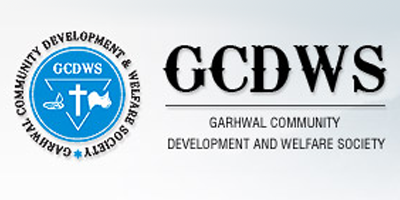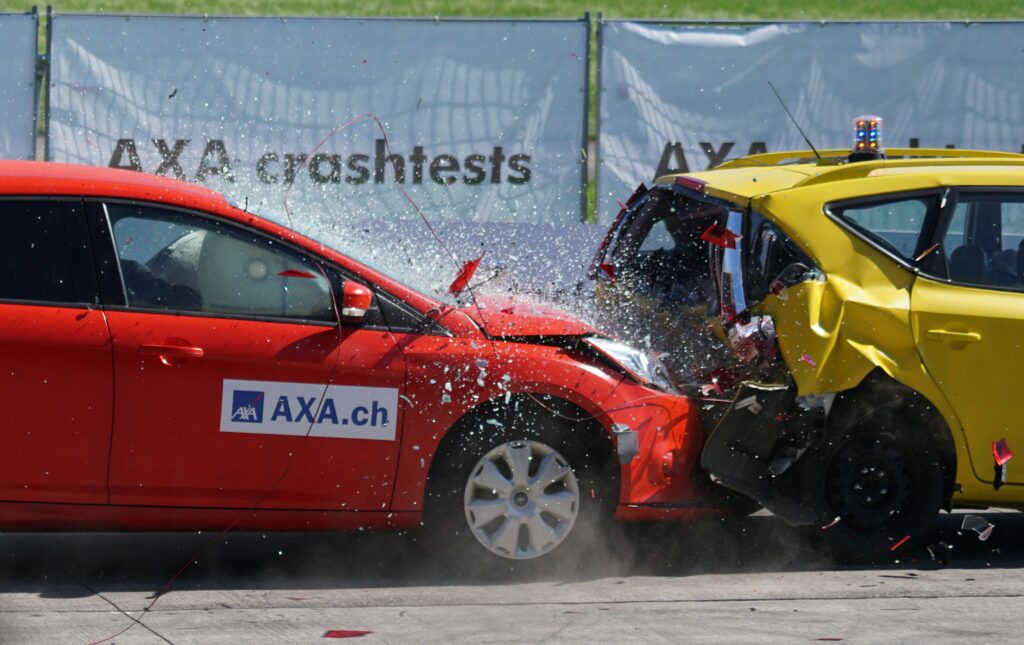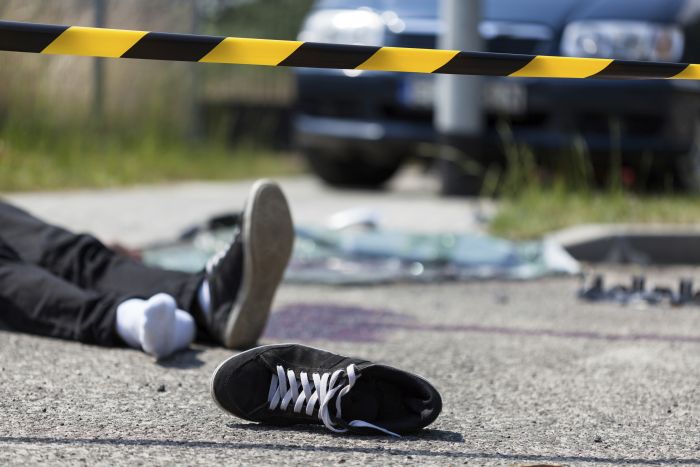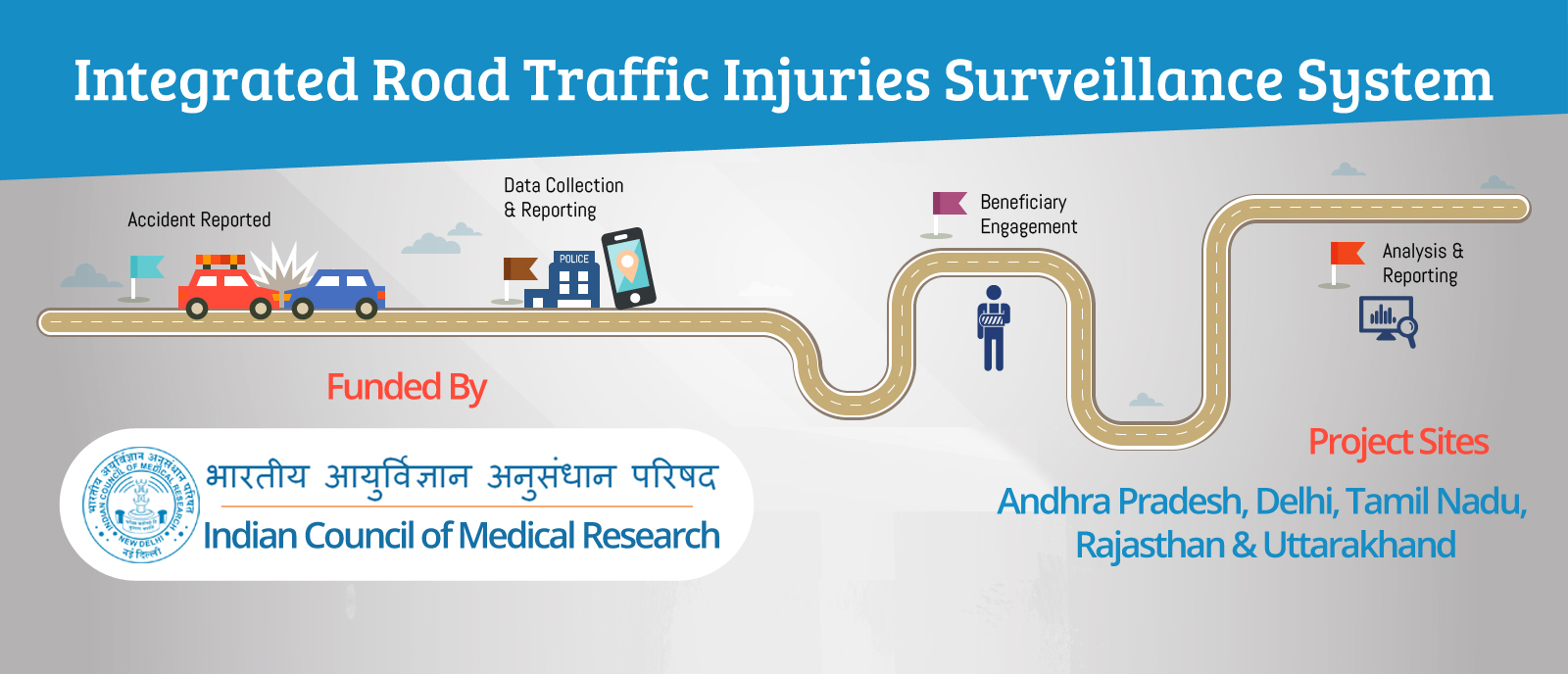About RTI
RTIs are a large and growing public health burden and account for nearly 1.36 million deaths worldwide in 2015. RTI was ranked as the eighth leading cause of years of life lost (YLLs) (Wang et al., 2016). The burden of road traffic injuries, are projected to be the fourth leading cause of disease burden by 2030 (Kassebaum et al., 2016; Mathers and Loncar, 2006). The low- and middle-income countries (LMICs) account for a disproportionate share of traffic injuries worldwide (Peden et.al, 2004). One-fifth of these deaths occurred in South Asia. Rapid urbanization and motorization associated with rapid economic growth are some of the reasons for the rising RTI related burden in South Asia (Lozano et al., 2013). India is a nation of more than 1 billion people and is one of the fastest growing economies, with rapid motorization and increasing road traffic burden (Murray et al., 2013). This economic growth has also meant a rapidly increasing number of vehicles sold every year. It has one of the highest reported mortality rates from RTI in the world (WHO-world status report, 2015). Number of people injured in road traffic crashes in the year 2006 was estimated to exceed 450,000(Gururaj 2008). Road traffic crashes lead to more than 200,000 deaths and are associated with 15 million disability-adjusted life years (Murray and Lopez 1996). There has been a gradual increase in road traffic fatalities in India since then. Previous studies have found traffic crashes to be under-reported in India by 5% for deaths and more than 50% for serious injuries (Gururaj 2006). Every year nearly 85,000 persons are reported to be killed and 300,000 are injured due to accidents on road. An accident takes place every 3 minutes and a person killed every 10 minutes on Indian roads and this number is continuously increasing. In view of the reasons given earlier, it is possible that most of the critical and immediately fatal cases get recorded in crowded urban areas of India and those who die in government hospitals also enter the official statistics. Therefore, it is likely that the fatality statistic for urban areas in India may be underestimated by say 10%-20%. According to the MoRTH 61% of the RTI fatalities occur in rural areas and it is possible that a larger number of cases go unreported on rural roads. If we assume that a significant proportion of fatalities that occur many days after the crash in rural areas are missed (that would reduce the number by less than 30% of the total deaths) and a smaller proportion of deaths on the spot or on the way to the hospital are missed, then we can expect underreporting to be around 50% of rural deaths. Overall, this would imply that the underreporting of fatalities in India may be less than 50%.
Establishing an electronic mobile based comprehensive and integrated road traffic injury Surveillance system to assess the burden of RTI, its risk factors and outcomes across rural and urban settings of major cities in India
Implementation Sites
Collaborators







Updates

Road traffic accidents and injuries in India are a major public health concern in India

They account for nearly 35 % of causes of death in India annually
